“Vegetables are a must on a diet. I recommend carrot cake, zucchini bread, and pumpkin pie. ”
The long-term storage of food is a rich field of study. I plan my spring planting around putting up food for the winter months. Again, I have under estimated my onion requirements, and will run out any day. The garlic will be close, after canning salsa and marinara, but I think we’ll make it until the shoots appear in spring. I can pickles, jams, whole fruit, lard, broth, and meat. One thing that is notoriously dangerous to can is pumpkin. In future posts, I will explain pH, pressure versus water bath canning, and all of the micro biology involved, but for now I only ask, “Why would you can pumpkin in the first place?”
A pumpkin is called a “winter” squash. It’s not that it grows in winter, only that it will store all winter. Other such squashes include butternut, spaghetti, hubbard, and buttercup. The value of these squash is clear, when considering their ease of storage, nutritional benefits, and medicinal properties. The pumpkin pictured here was literally food laying on the ground. I didn’t plant it. Pumpkin seeds often survive composting, so they tend to grow where ever I fertilize. I didn’t harvest it, cure it, and store it with the rest of my winter stash, as it was hiding next to the sage and walking onions. I only noticed it when the foliage died back from the trees and flowers. It sat outside until thanksgiving, with nightly frosts, and a dozen hard freezes. Not only was it perfect when I opened it up, but was so brilliantly orange, and smelled like a high school girl’s Honda on opening day of pumpkin spiced latte season.
Canning requires a pretty steep energy input. There is also a nutrition cost to the extreme heat involved. Why can something that can sit in a cupboard, untreated, for 6 months? Pumpkins are rich in vitamins and minerals, and have a lot of fiber. All portions of the plant are edible. The leaves can be stuffed like grape leaves. The flowers are great battered and fried (particularly when stuffed with goat cheese and toasted pine nuts). The seeds are a very effective de-wormer for people and livestock. Everyone on the farm loves it, from pigs to chickens, and dogs to dairy cows. A split pumpkin with garlic powder and a sprinkling of diatomaceous earth will eradicate parasites from all livestock, without polluting the ground with persistent chemical de-wormer, which will, in turn, kill your earth worms.
Pumpkin varieties range from super monsters (bred for competitive size queens), jack-o-lantern types, oil seed hull less, to the object of our concern, the sugar pie pumpkin. This small pumpkin has more sugar, finer grain, better flavor, and oranger flesh than other varieties. An average sugar pie will make three pies. If you only need one, the whole squash can be cooked, and the remainder frozen. I like to weigh it out in pounds, and freeze it flat in zip bags. One bag equals one can of what is sold in stores as pumpkin purée (but is often mostly butternut...honestly). The other option is to do all of the things! Here is my pumpkin pie recipe, a pumpkin spice cake, and a pumpkin soup. That should use up the whole gourd. If you share my fondness for those pumpkin cream cheese muffins that appear in a certain coffee shop, this time of year, make the spice cake batter, pour it into lined muffin tins, and drop a tablespoon of cream cheese on each cup. Bake at 350F for 30 or so minutes, or until a toothpick inserted beside the cream cheese comes out clean.

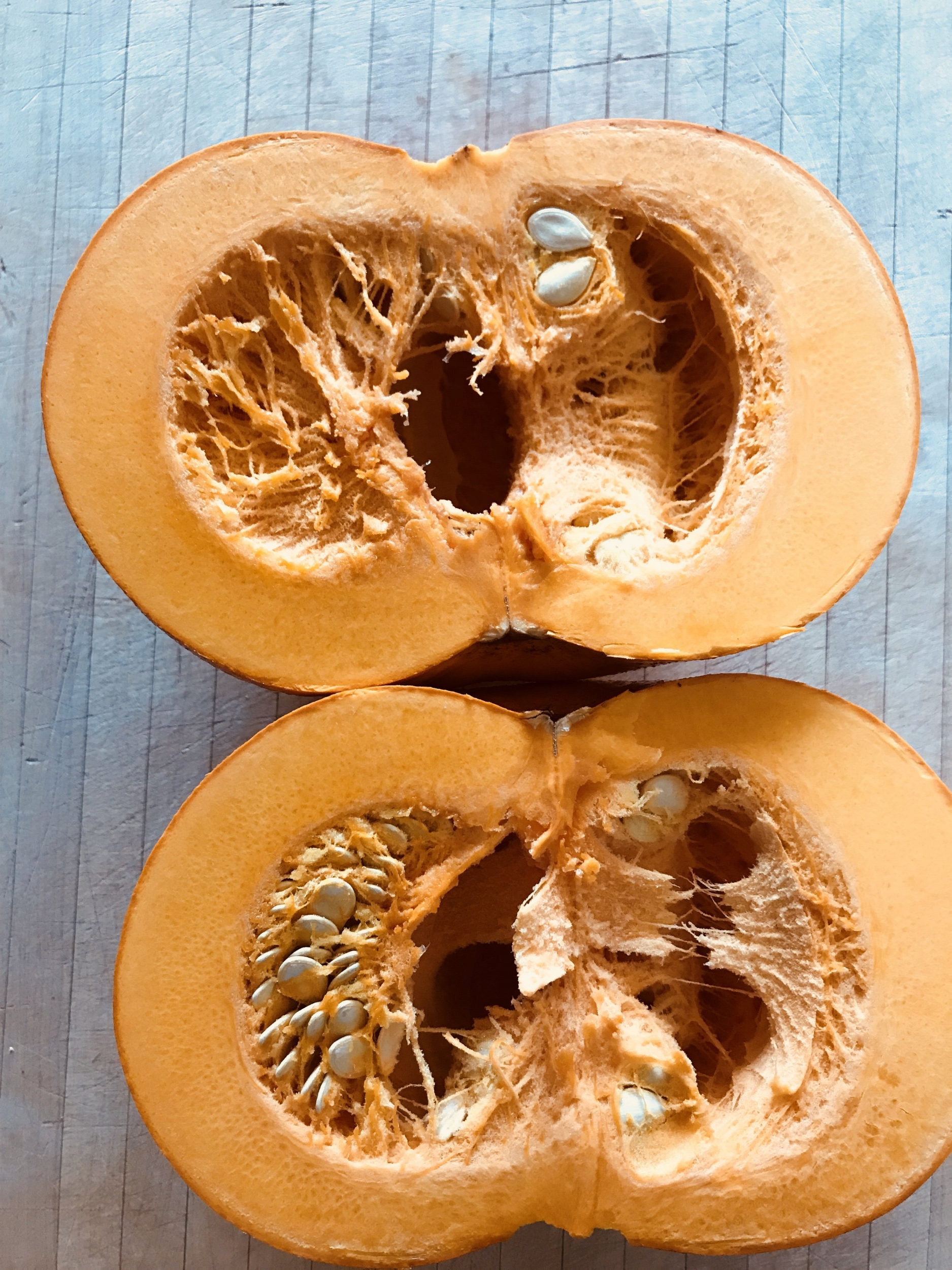
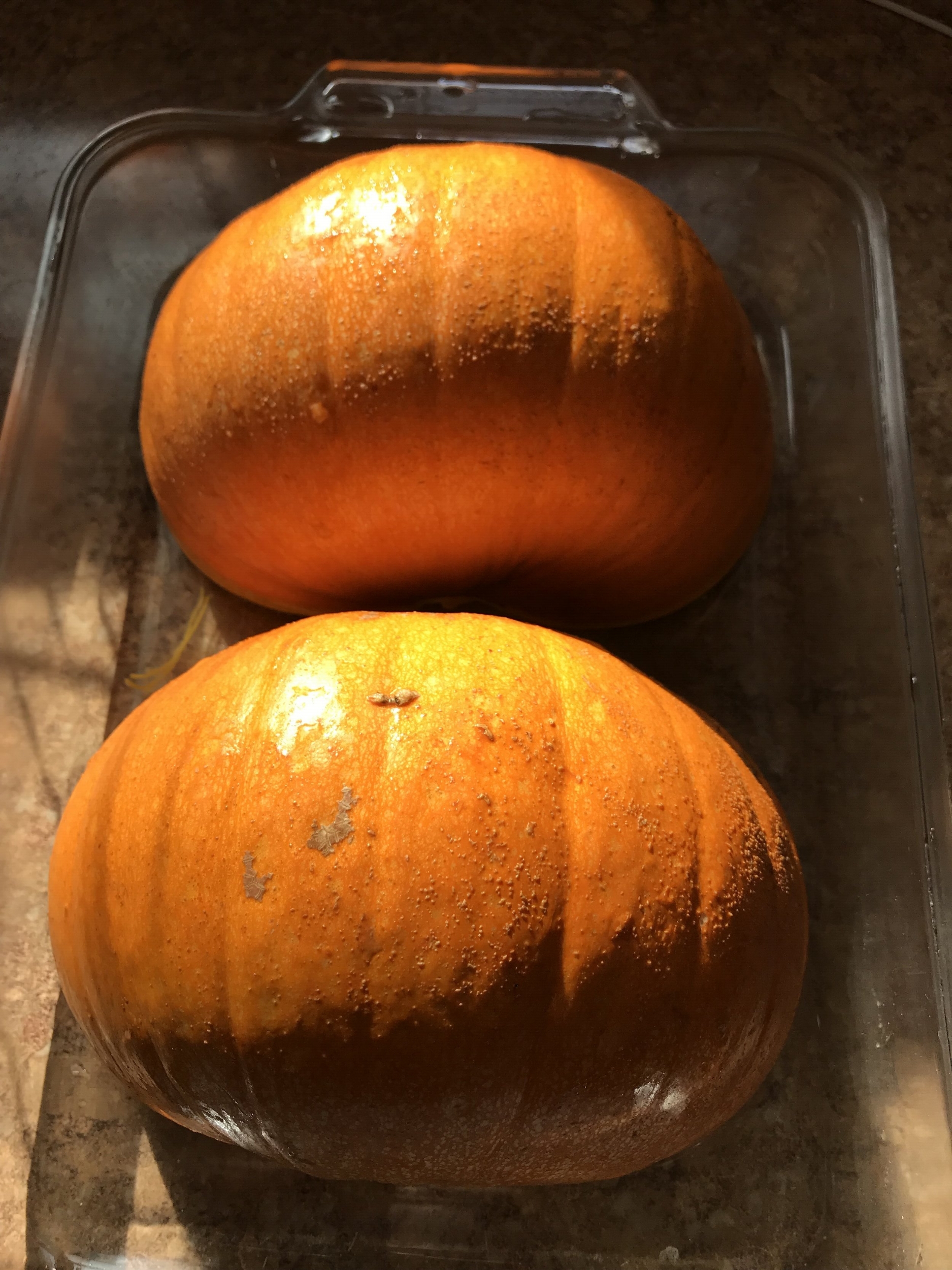

Roast pumpkin:
Ingredients:
1 sugar pie pumpkin
1 cup water
Directions: Split the pumpkin by snapping off the stem, plunging a knife into the center and rocking it toward you. Turn it, and repeat on the other side. Scoop out the seeds and goop with a spoon. Seeds can be saved to roast, if you wish. Lay the pumpkin halves, cut side down, in a baking dish, add the water, cover with foil, and bake at 350F for 40-60 minutes, or until it is soft, and gives when pressed. Let cool, cut side up, until it can be handled. Carefully scrape the flesh from the skin. Baking, in this way, eliminates the risk of adding water as you would if you peeled and boiled it. Extra water will foul your recipes.
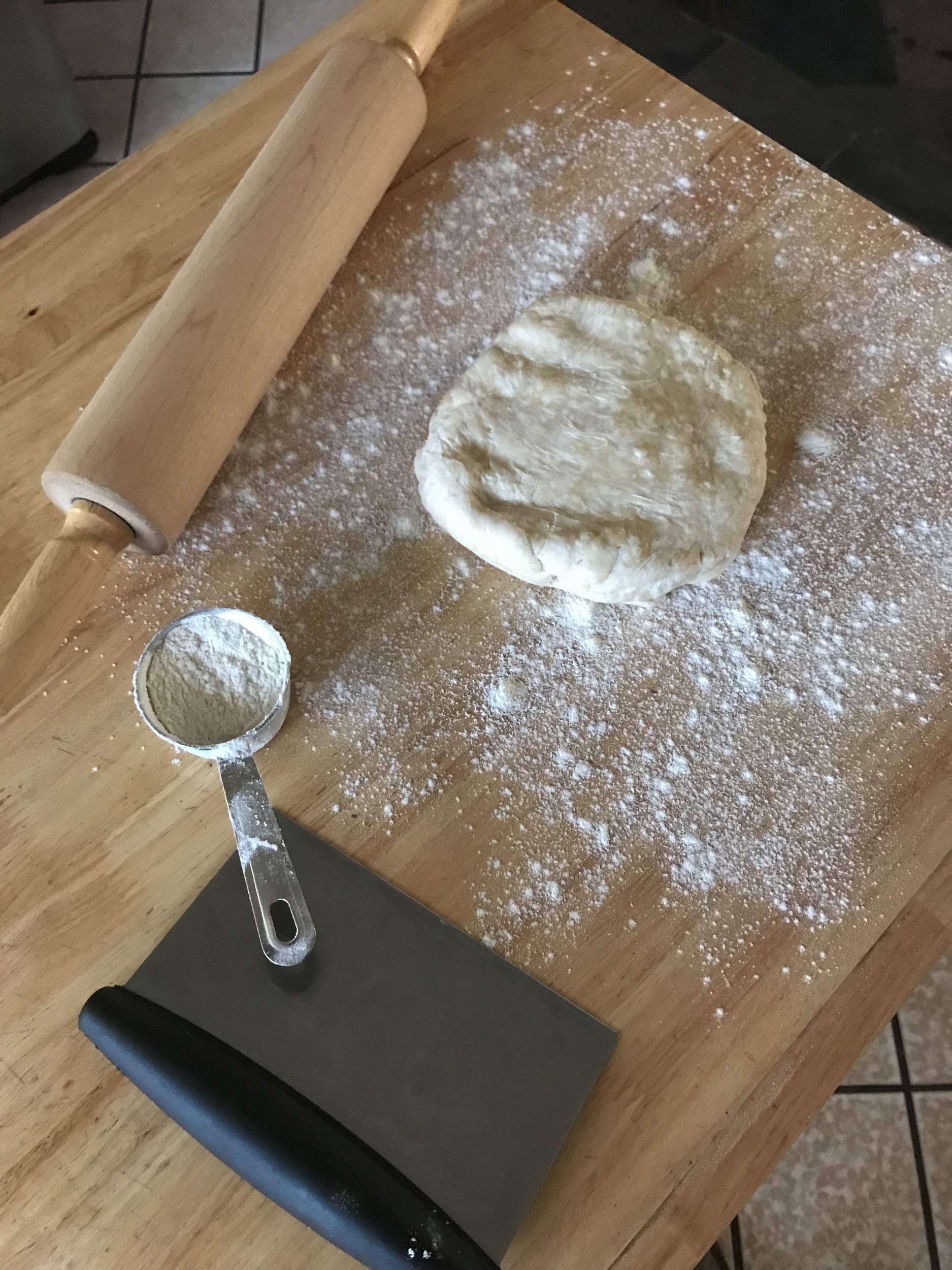
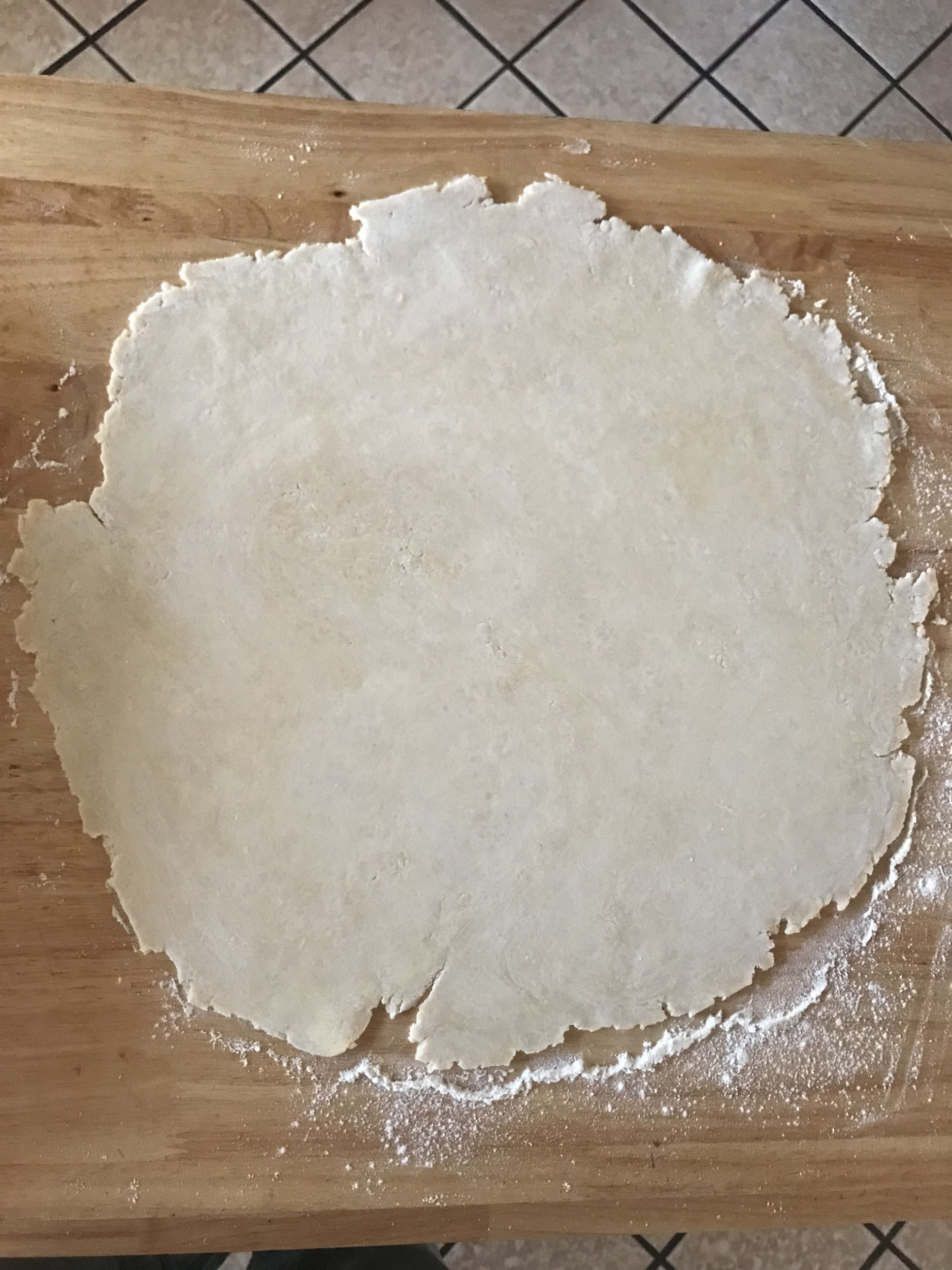
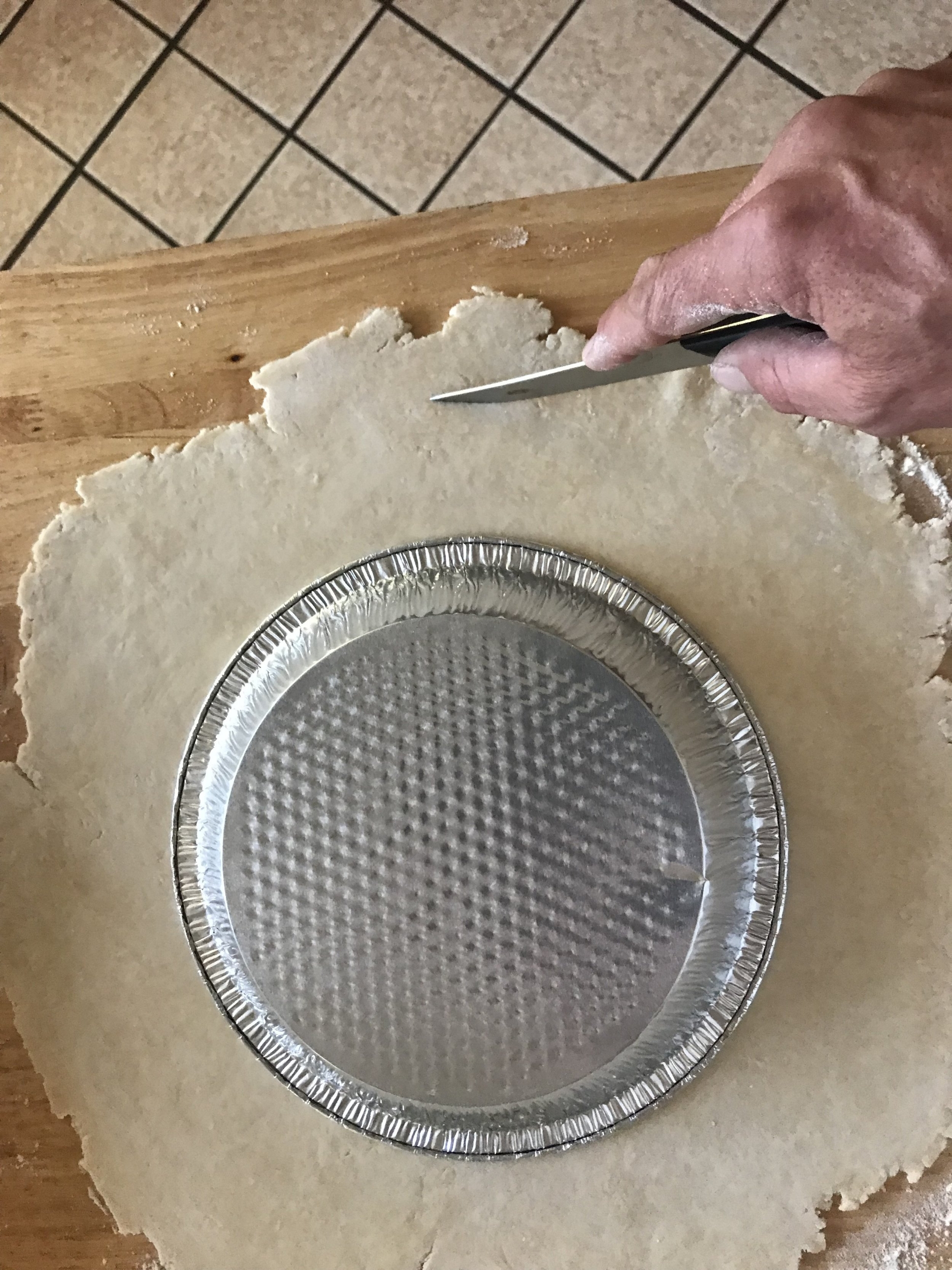
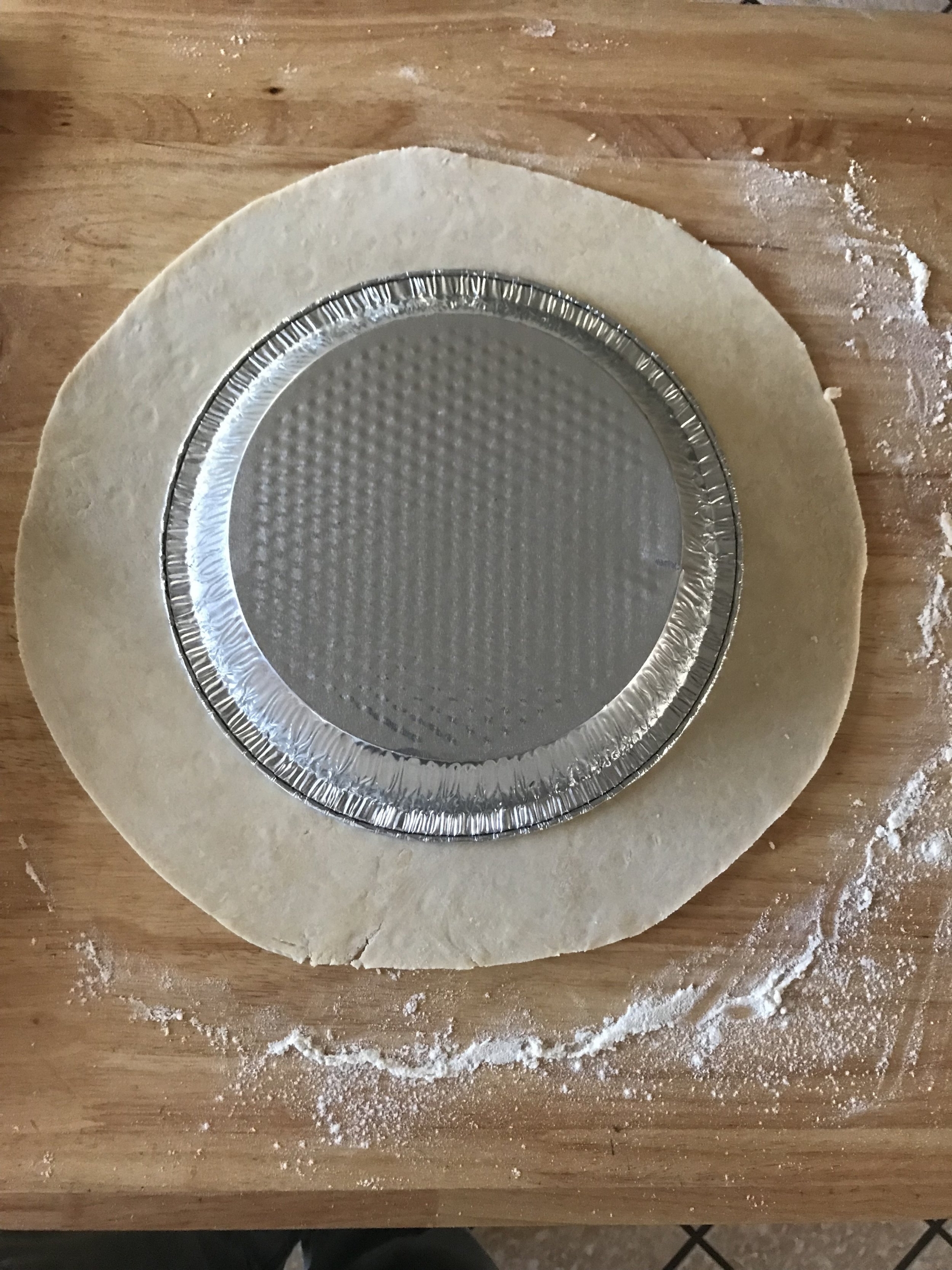

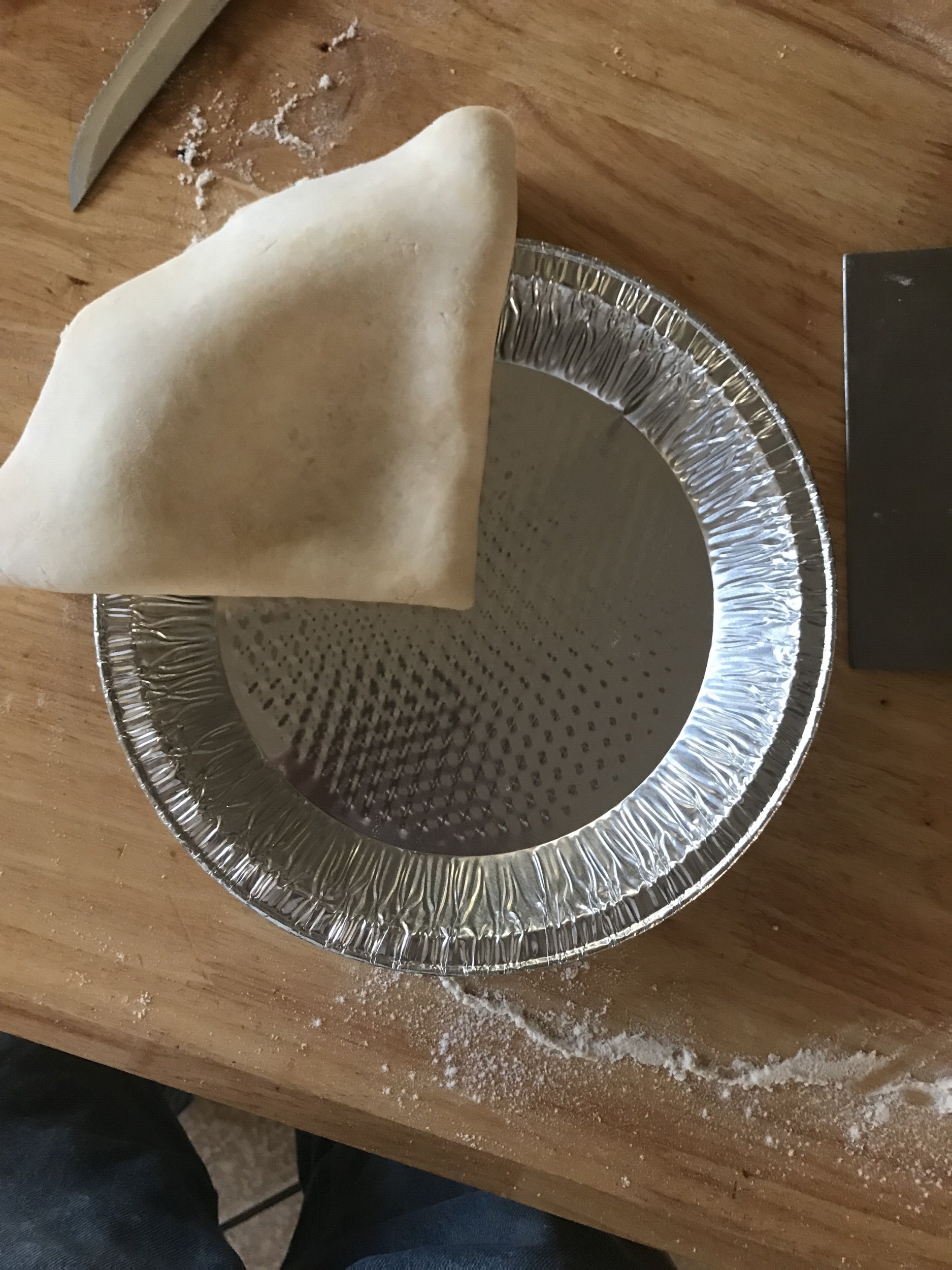

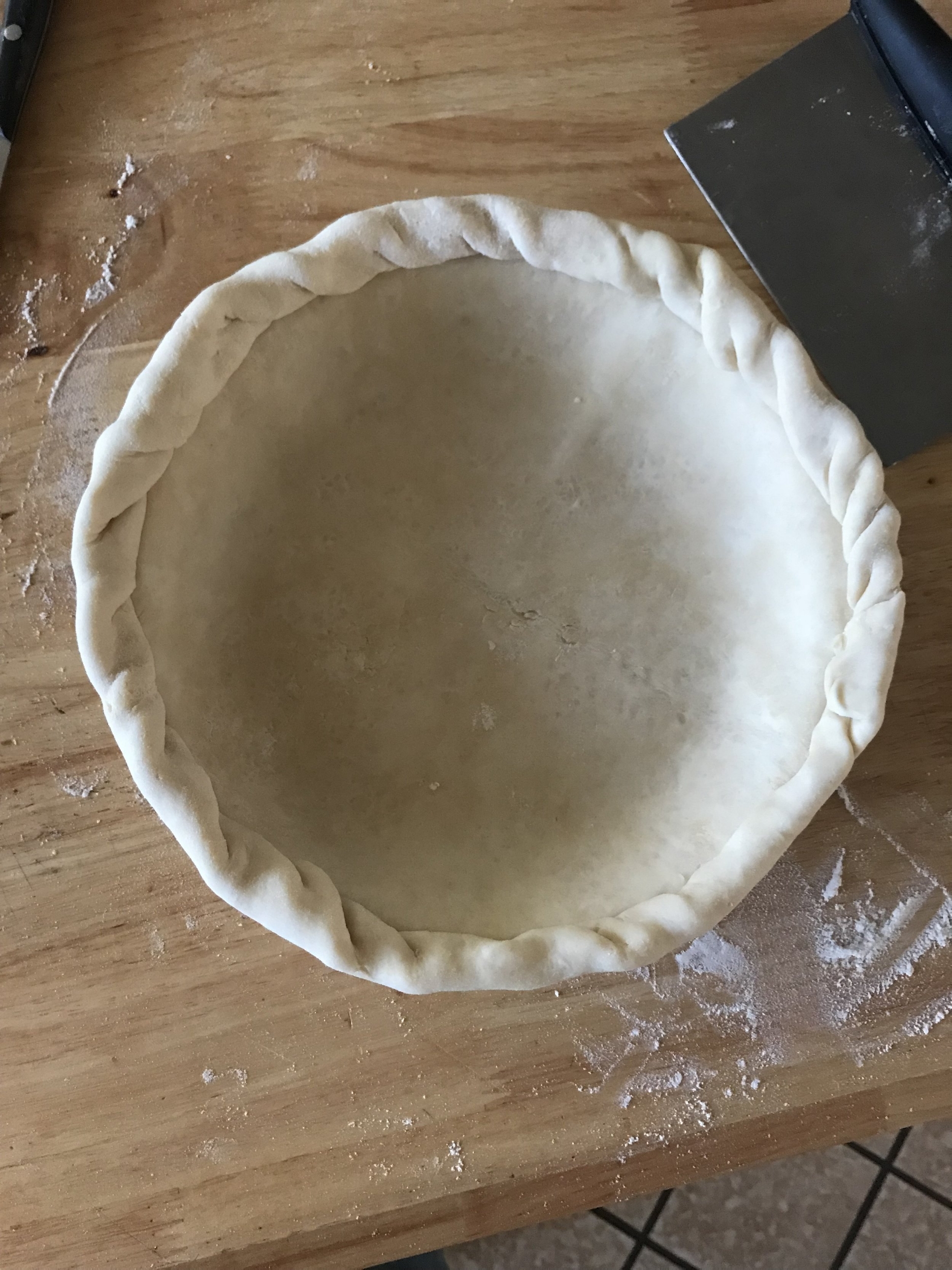
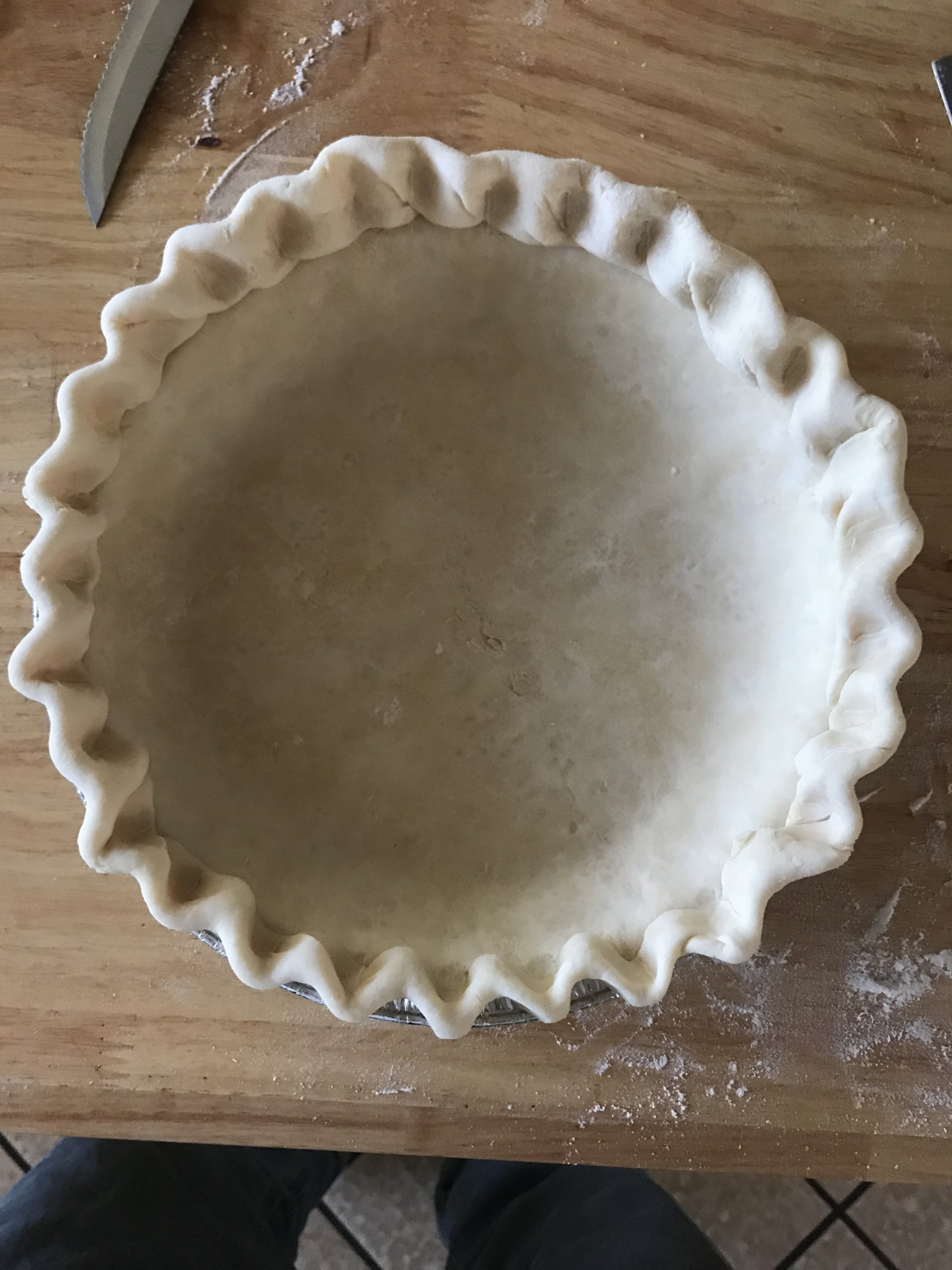
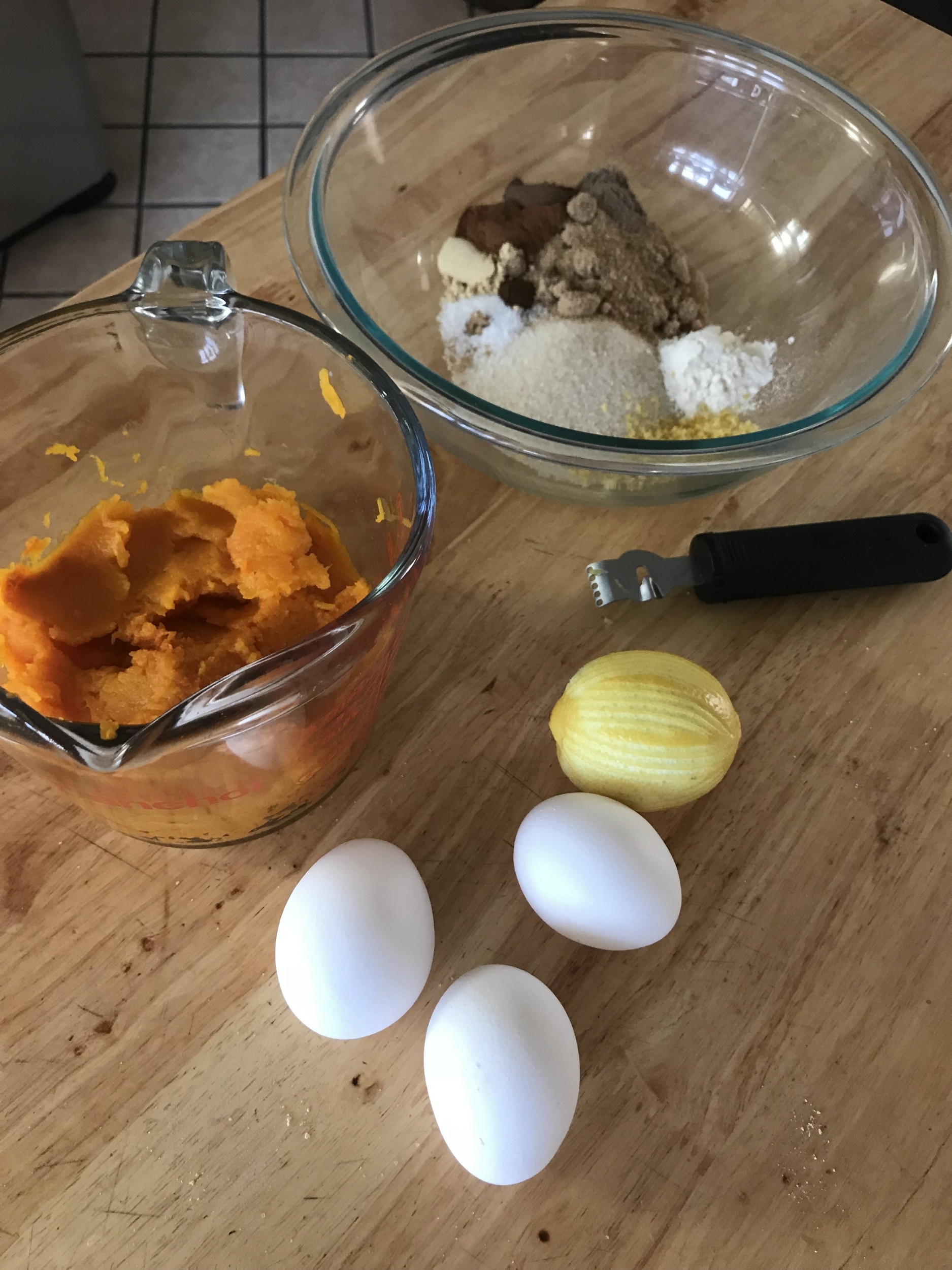
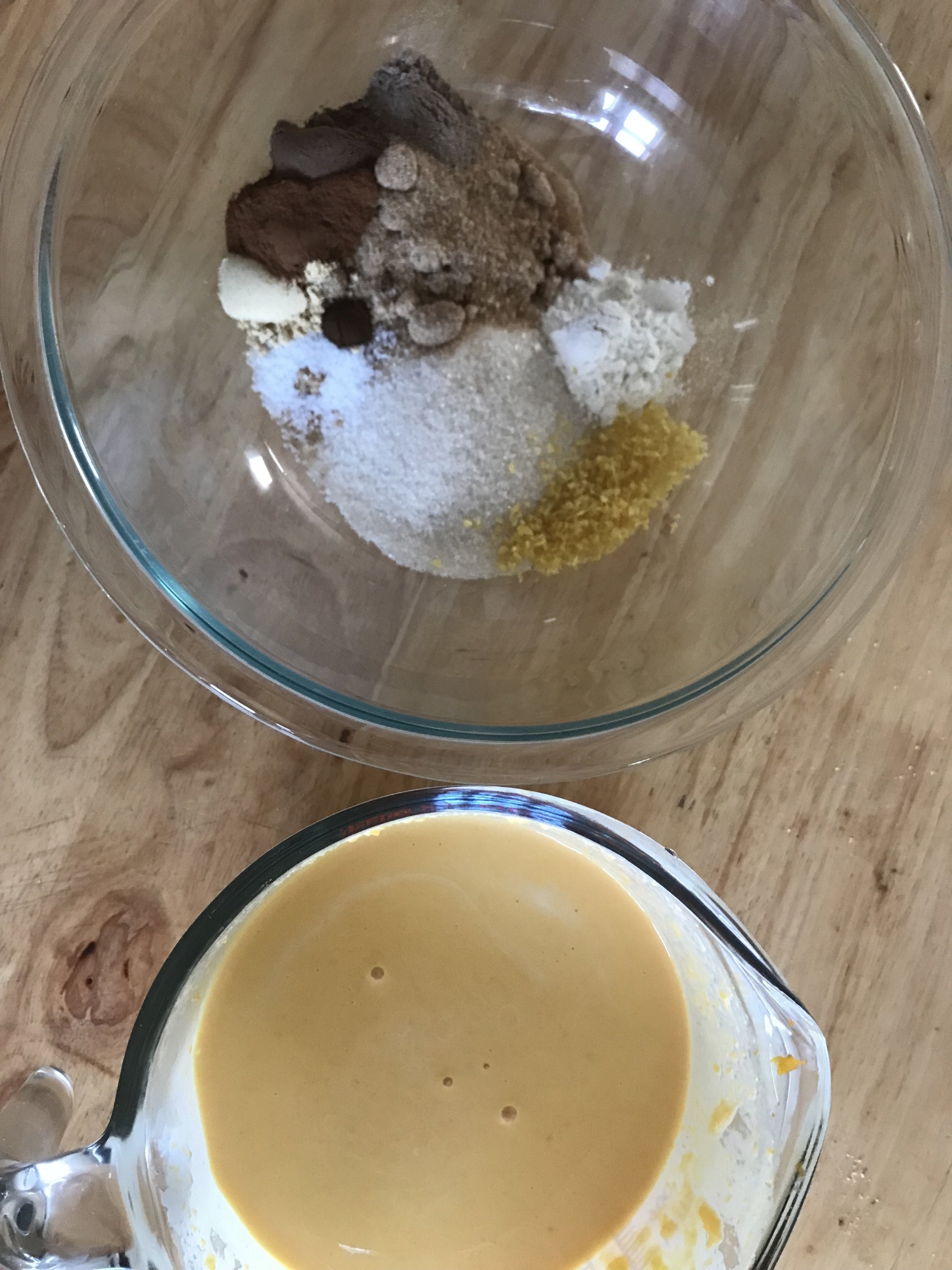
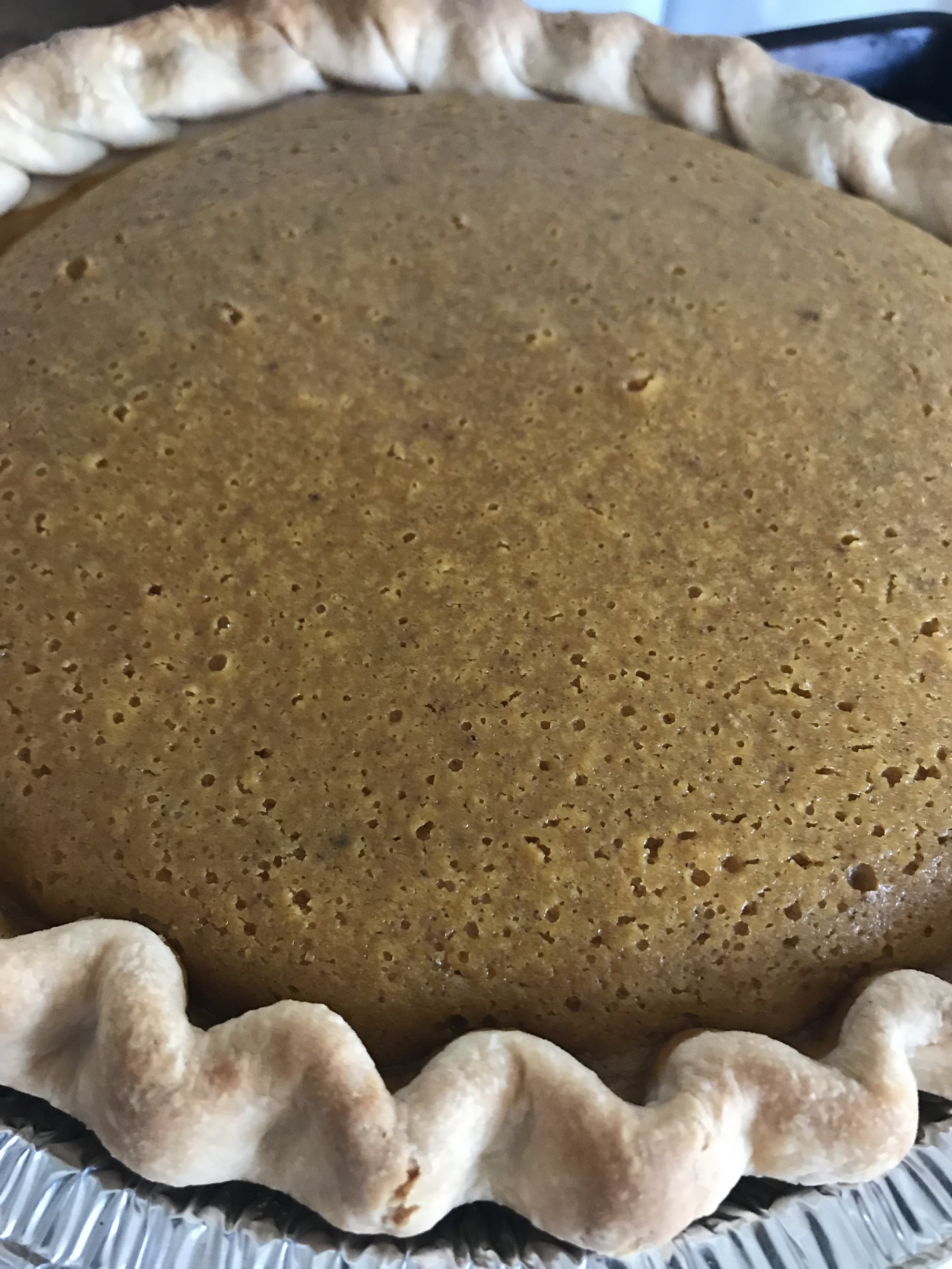
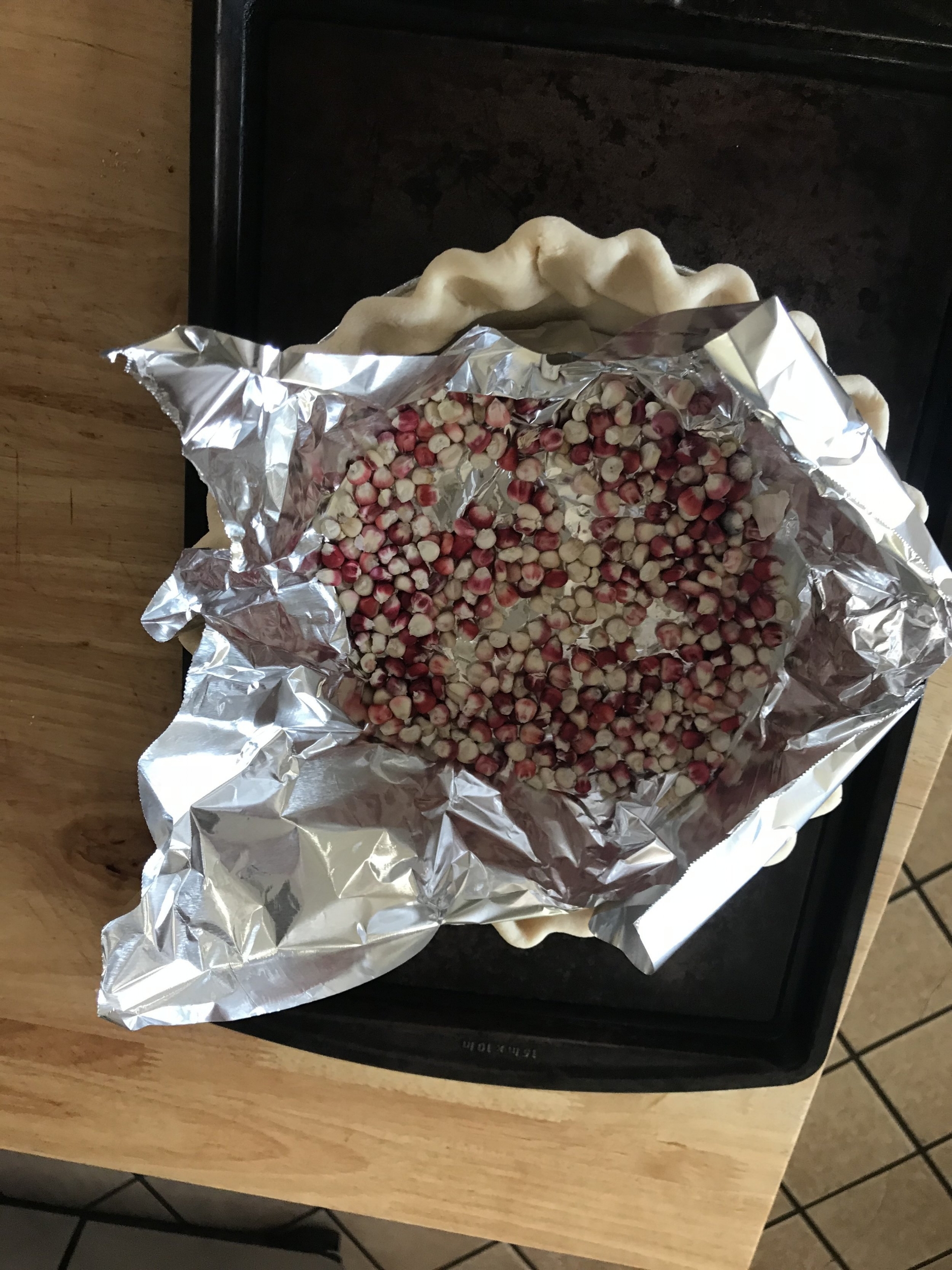
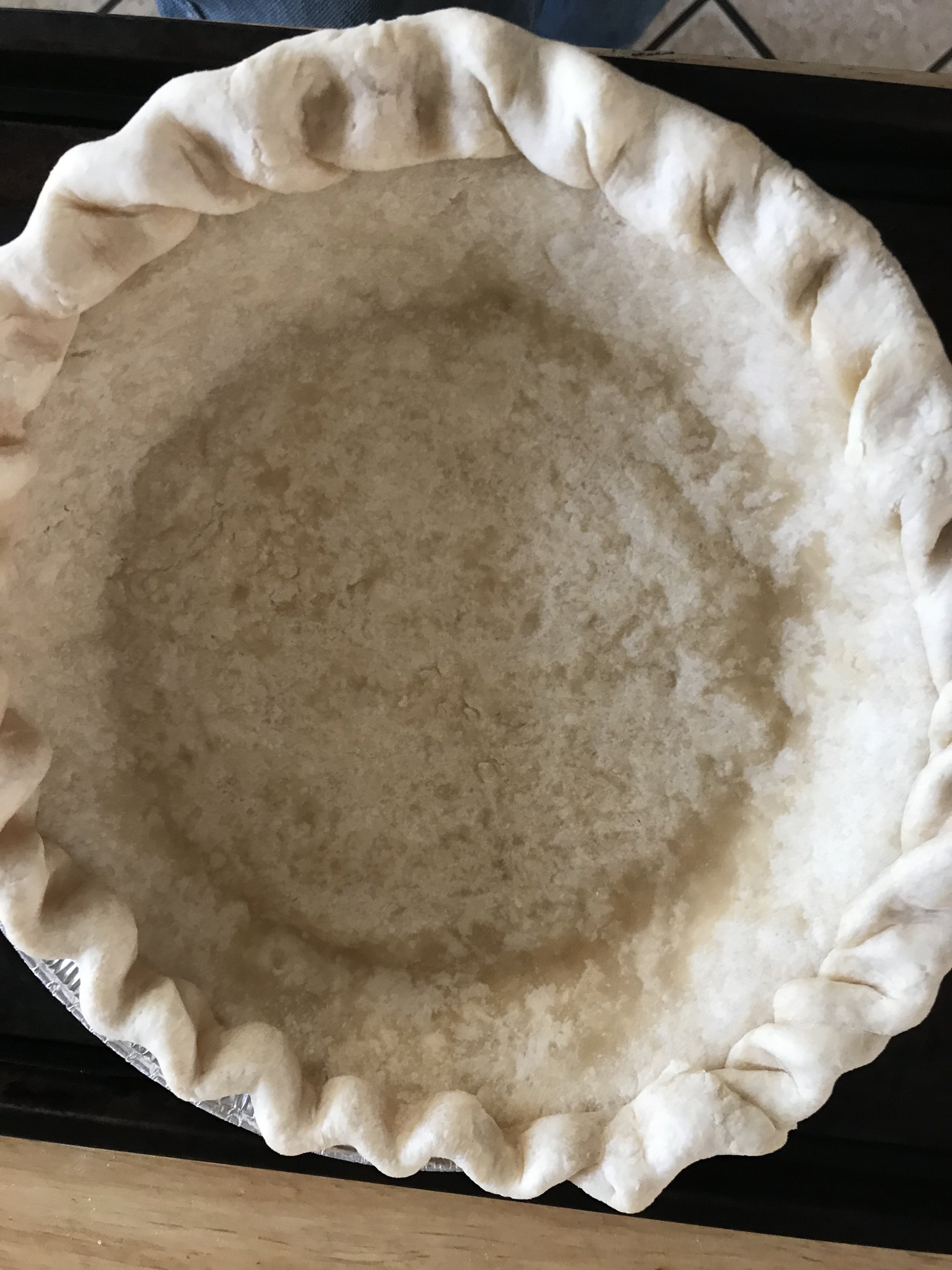


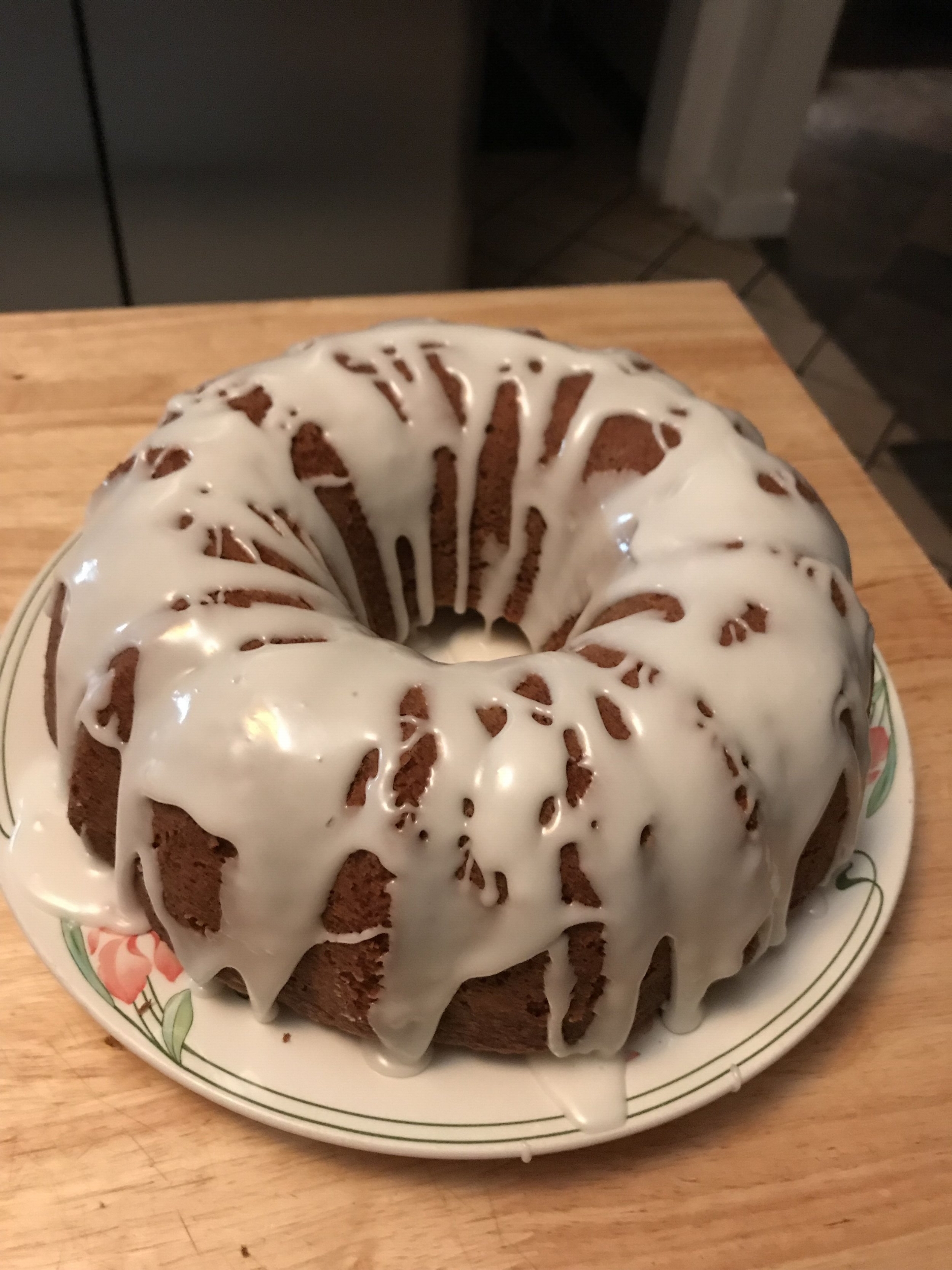
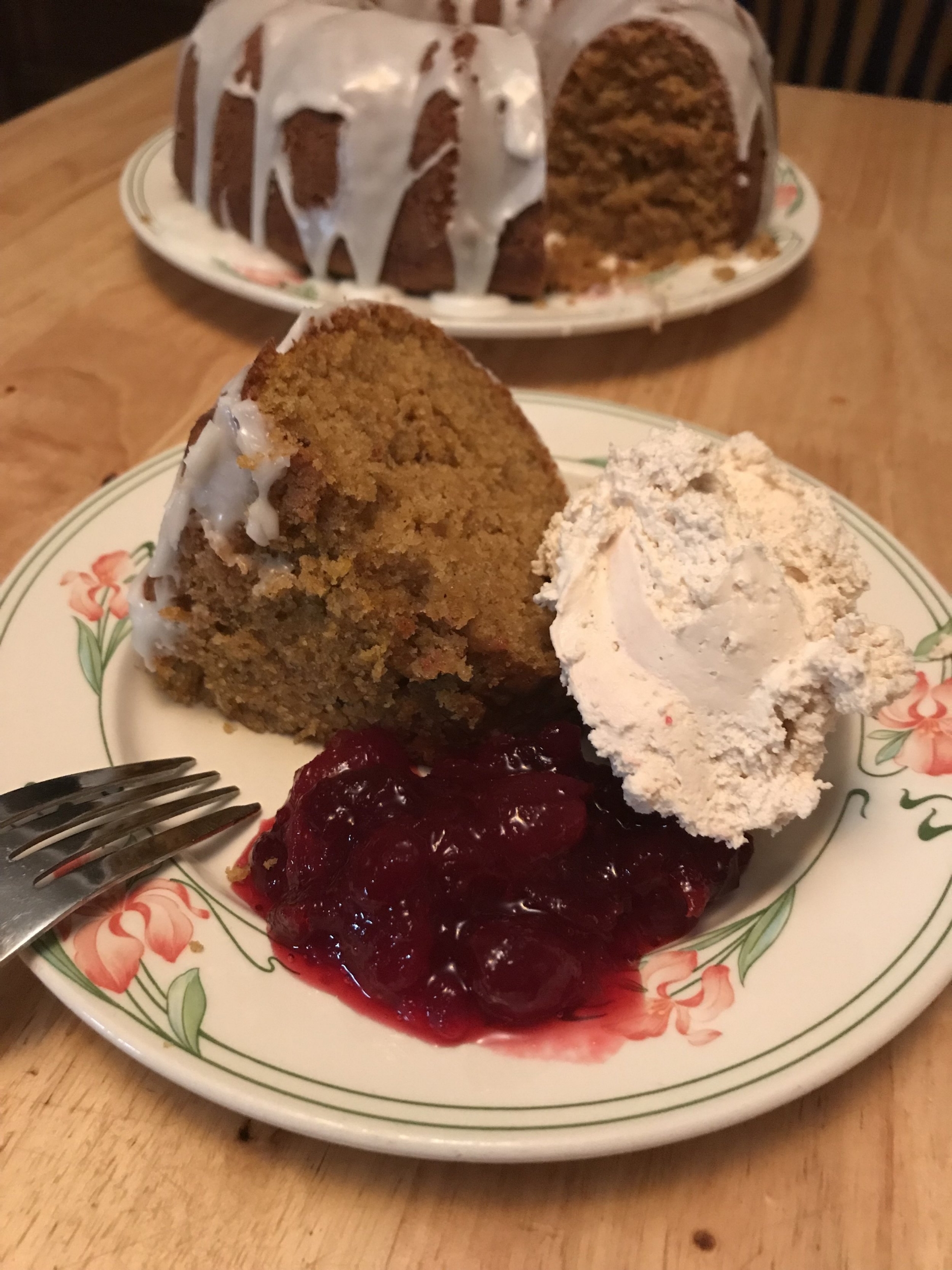


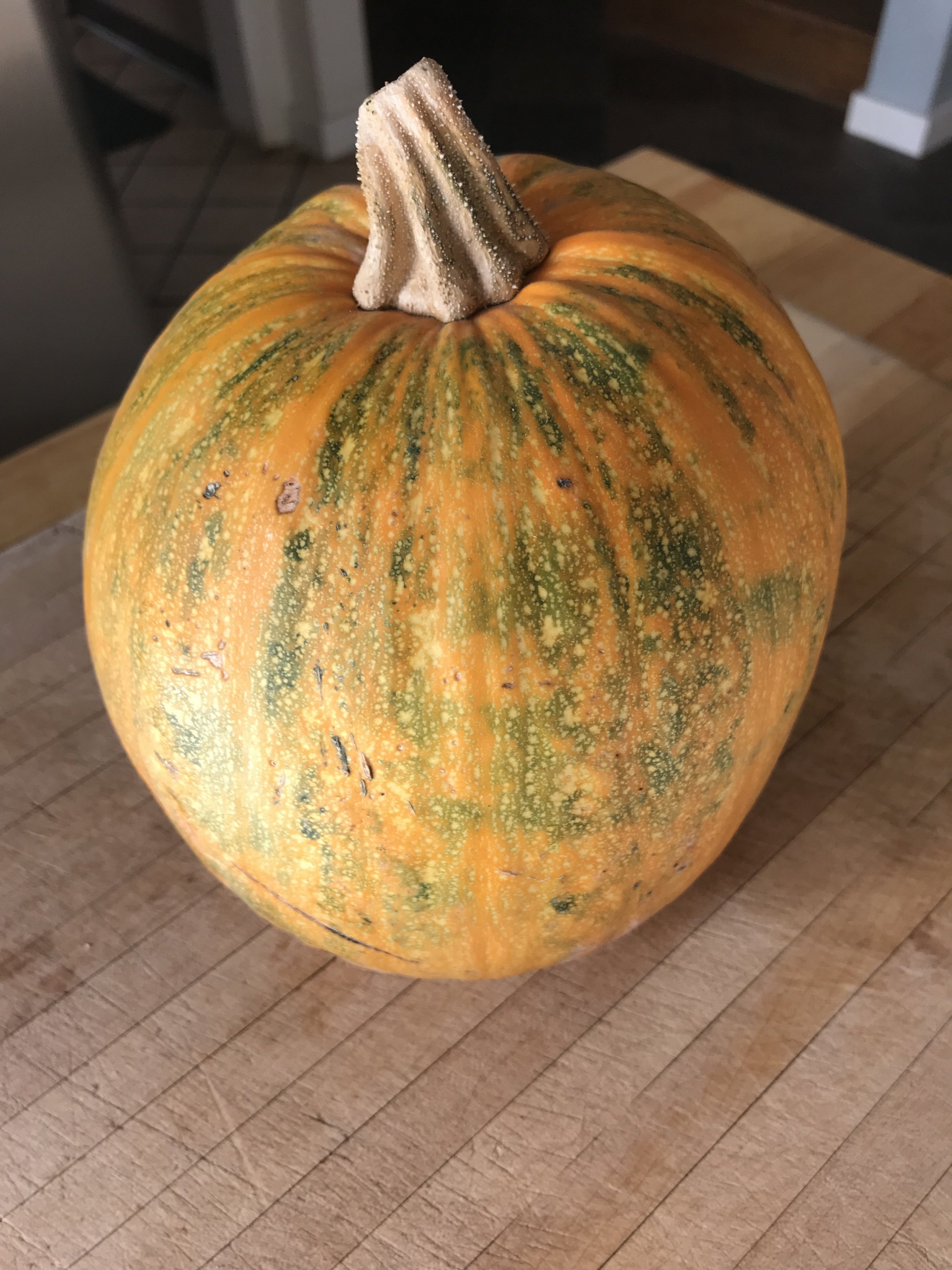


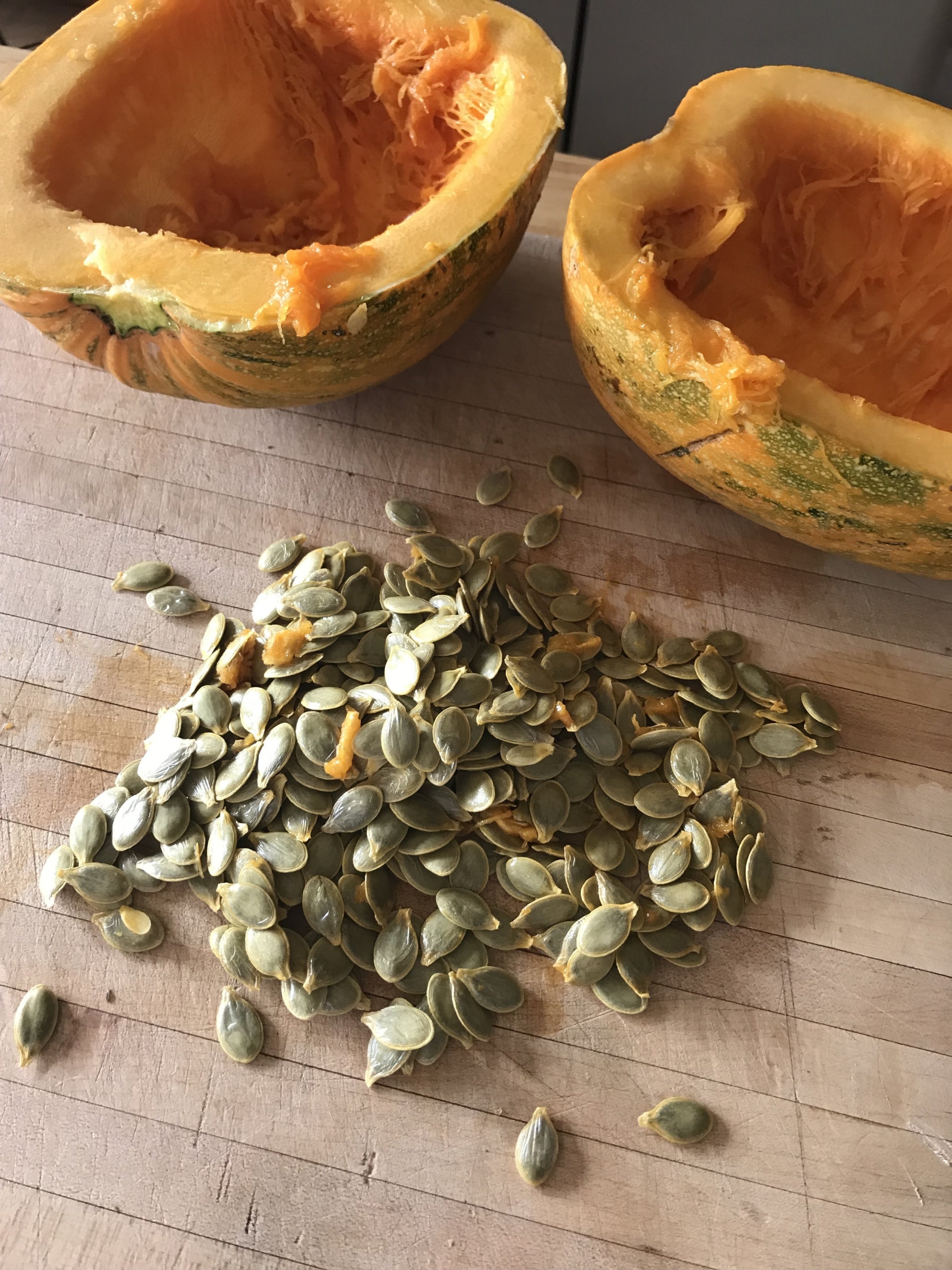
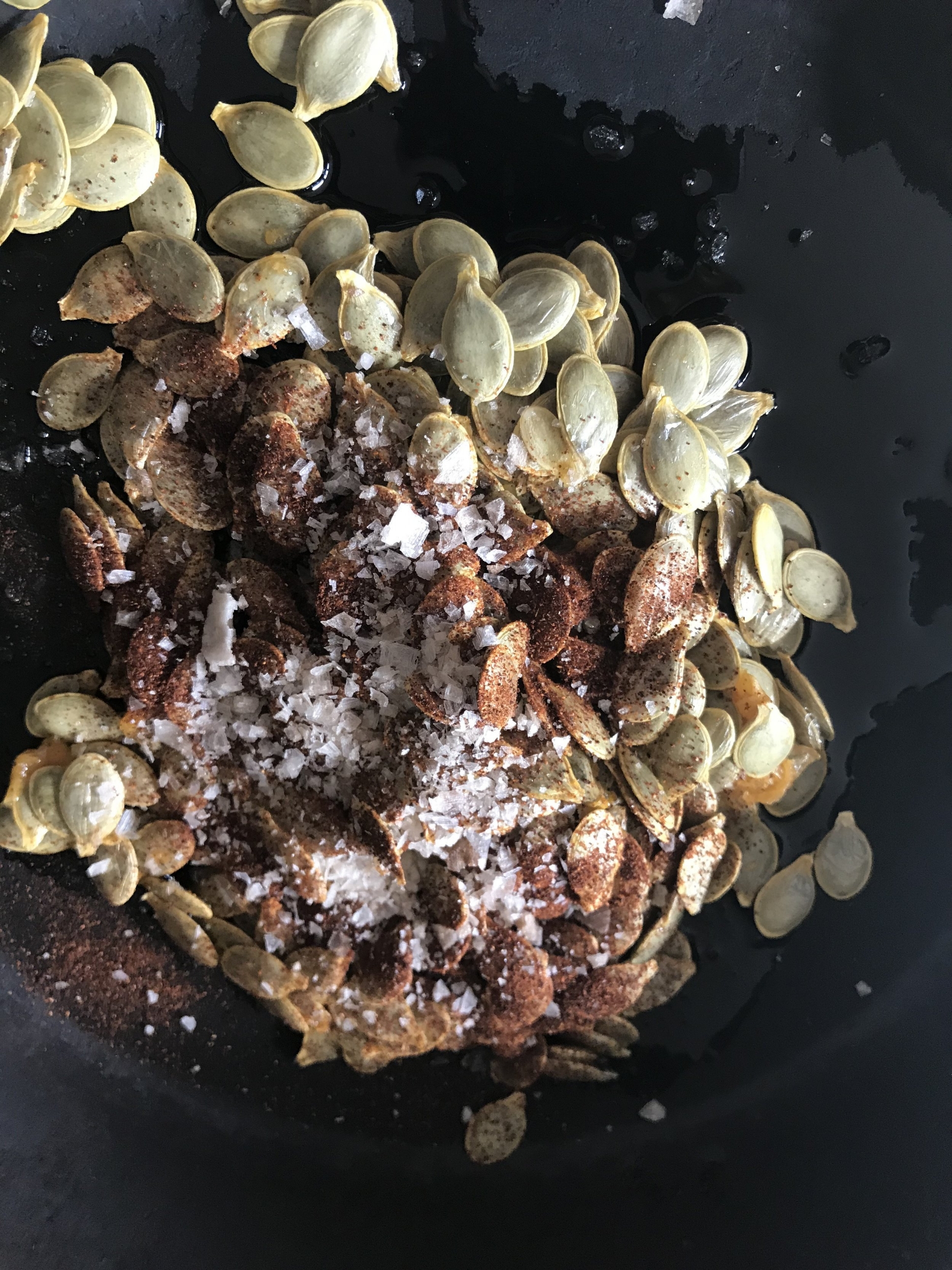
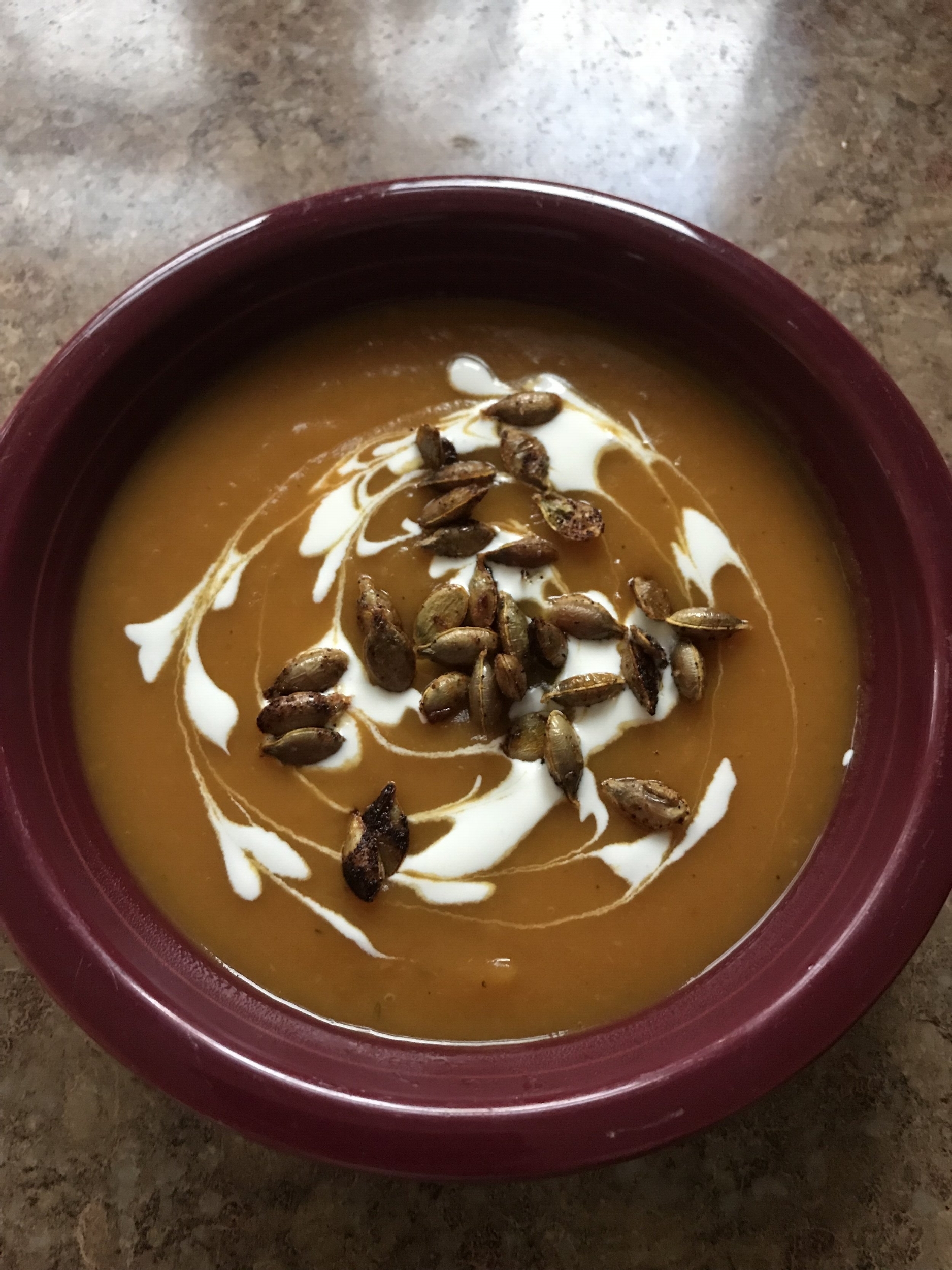
And finally...
The products below are Amazon Affiliate links. If you buy through them, I receive a small commission with no added cost to you.



